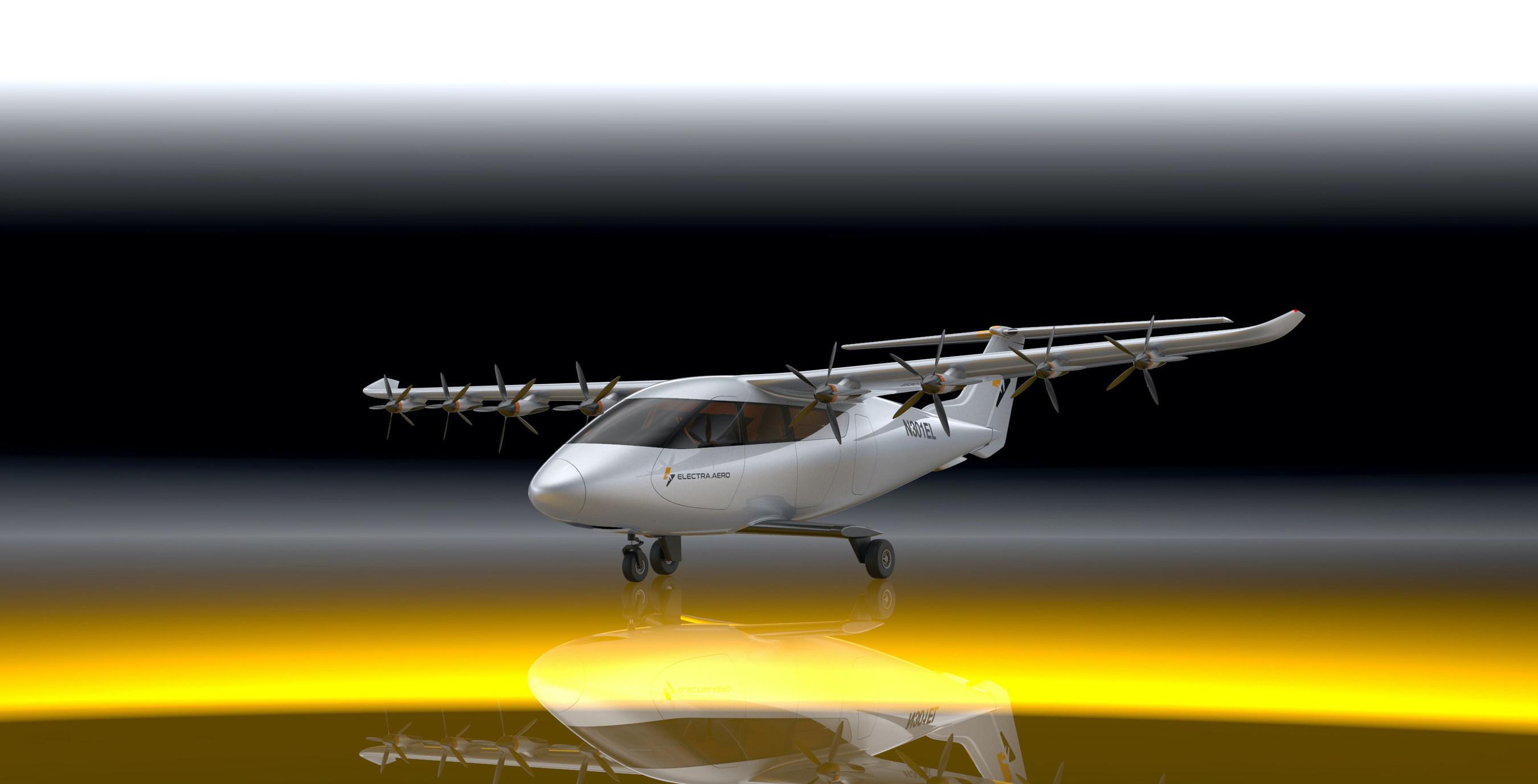
Credit: Electra
Regional air mobility startup Electra is teaming under a NASA contract with researchers at the University of Southern California (USC) to mature blown lift technologies for electric short-takeoff-and-landing (eSTOL) aircraft. Blown lift aircraft use wing flaps to deflect the propeller slipstream...
Subscription Required
Electra Wins NASA Blown Lift Technology Work is published in Advanced Air Mobility Report, an Aviation Week Intelligence Network (AWIN) Market Briefing and is included with your AWIN Premium membership.
Already a member of AWIN or subscribe to Advanced Air Mobility through your company? Login with your existing email and password
Not a member? Learn how to access the market intelligence and data you need to stay abreast of what's happening in the air transport community.
